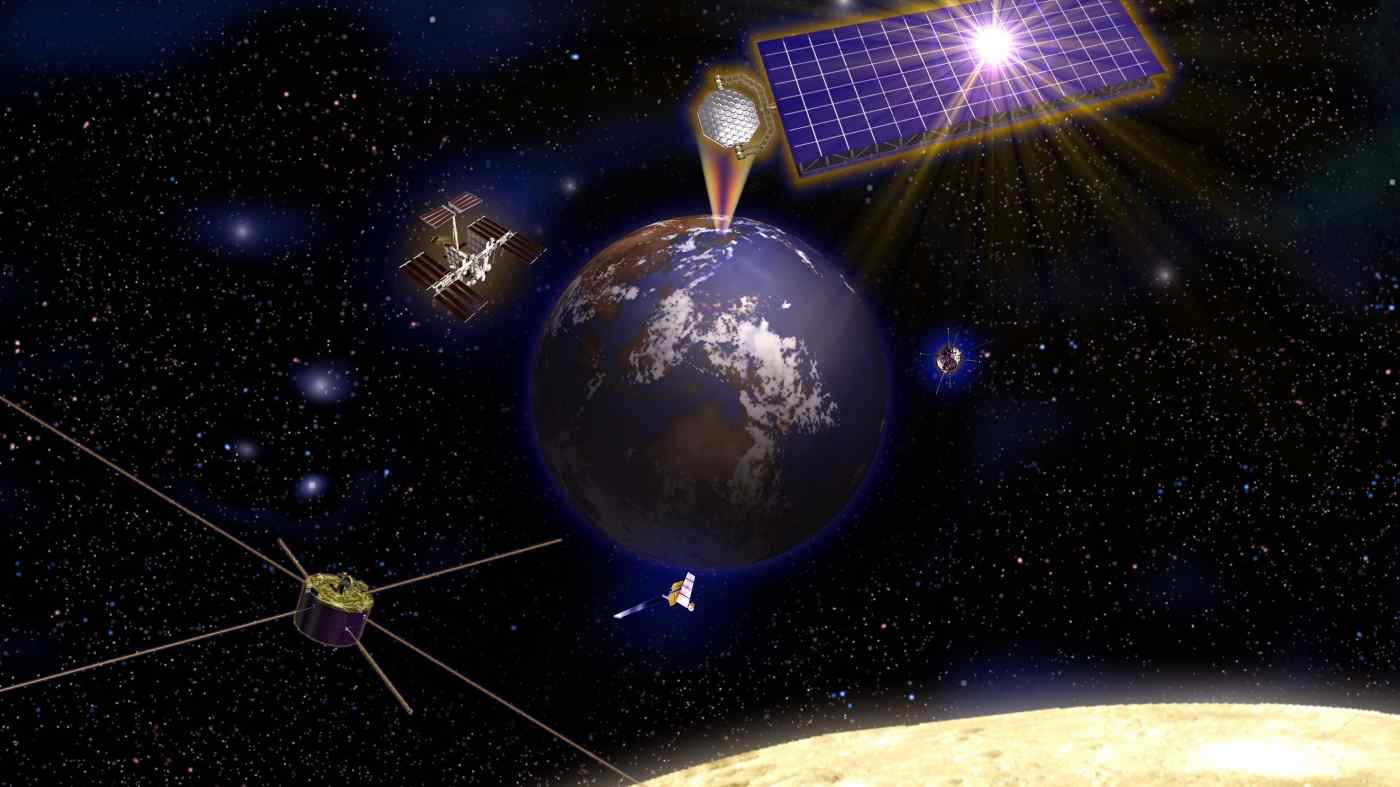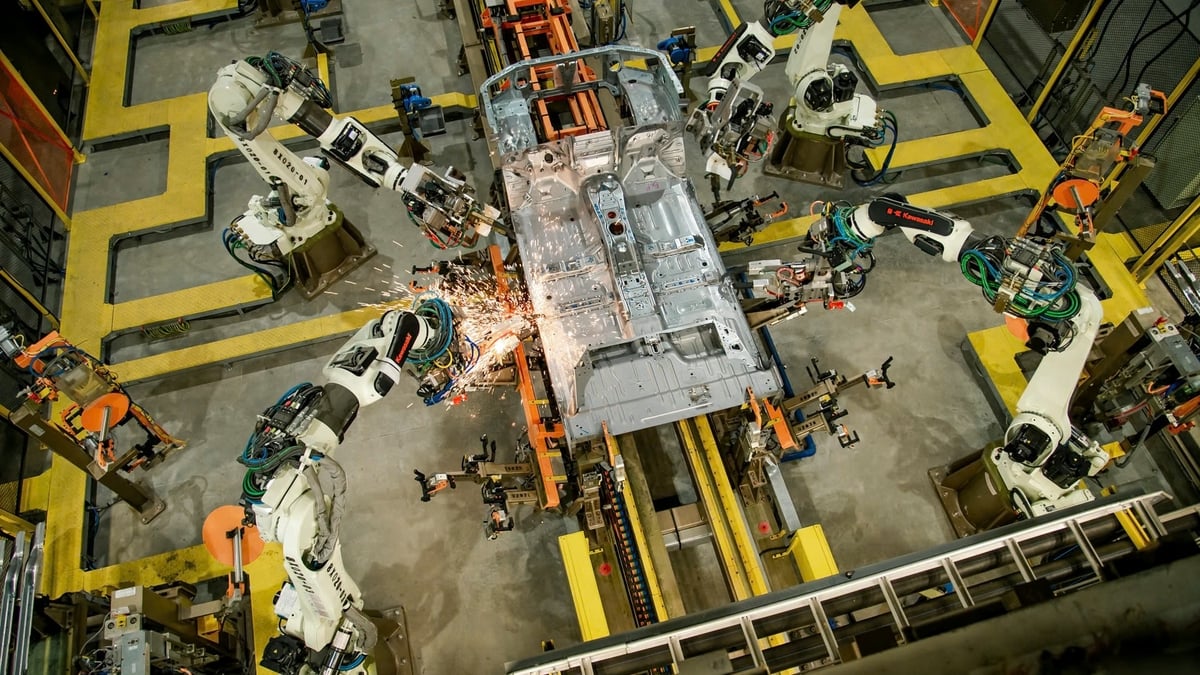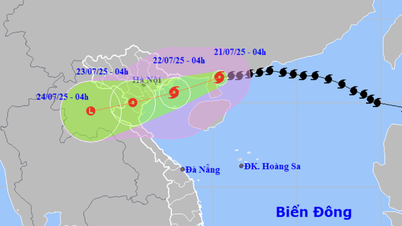
Japan is racing with other countries to transmit solar power from space.
According to Nikkei Asia , solar power (or photovoltaic, photovoltaic) generated in space is an idea introduced by an American physicist in 1968. Basically, it is launching solar panels into space to generate electricity at an altitude of 36,000 km.
The light energy is converted into microwaves – the same electromagnetic radiation used in microwave ovens – and transmitted down to receiving stations on the ground to be converted into electricity. These microwaves can penetrate clouds, creating a steady supply of electricity regardless of the time of day or weather conditions.
In Japan, a team led by former Kyoto University President Hiroshi Matsumoto led the research. In the 1980s, this team was the first in the world to successfully transmit electricity via microwaves in space.
The research continued after Kyoto University professor Naoki Shinohara took over, and in 2009 the team used a spacecraft to transmit power from 30 meters above the ground to a mobile phone. The team is working on refining the core technology to deliver power wirelessly.
A project — a collaboration between businesses, government and academia, led by Japan's Ministry of Economy , Trade and Industry — was launched in 2009, with Mr Shinohara heading the project's technology committee.
The project successfully conducted horizontal microwave power transmission experiments in 2015 and vertical in 2018, both at distances of 50 meters. Vertical transmission with distances of 1 km to 5 km will be tested in the future.
"If we can demonstrate that our technology is ahead of the rest of the world, it will also be a bargaining chip in space exploration with other countries," Professor Shinohara told Nikkei Asia .
The group plans to conduct a test sometime in fiscal 2025 to see if they can beam solar power from space to the ground. Small satellites would be used to beam the energy to receiving stations on the ground hundreds of kilometers away.
Competitors are also moving toward commercialization. The U.S. Air Force Research Laboratory and the California Institute of Technology are both pursuing large-scale projects. Meanwhile, Chongqing University is developing the technology in China, and the European Space Agency is working on its own plans.
Energy crises have historically led to increased interest in space-based solar power. NASA and the US Department of Energy looked into the idea during the “oil shocks” of the 1970s, although the research lost momentum as the crisis atmosphere faded. NASA restarted its efforts around 2000 when the Kyoto Protocol raised global awareness of environmental issues. The Japan Aerospace Exploration Agency also got involved.
Space solar power has attracted renewed attention in recent years as many governments and businesses aim for net-zero emissions.
But cost remains a major obstacle. Generating about 1 gigawatt of electricity—about the power of a nuclear reactor—in space using sunlight would require panels the size of a square measuring 2 kilometers on a side. Even with technological advances, installing them would likely cost more than $7.1 billion.
Source link































![[Photo] National Assembly Chairman Tran Thanh Man visits Vietnamese Heroic Mother Ta Thi Tran](https://vphoto.vietnam.vn/thumb/1200x675/vietnam/resource/IMAGE/2025/7/20/765c0bd057dd44ad83ab89fe0255b783)

































































Comment (0)